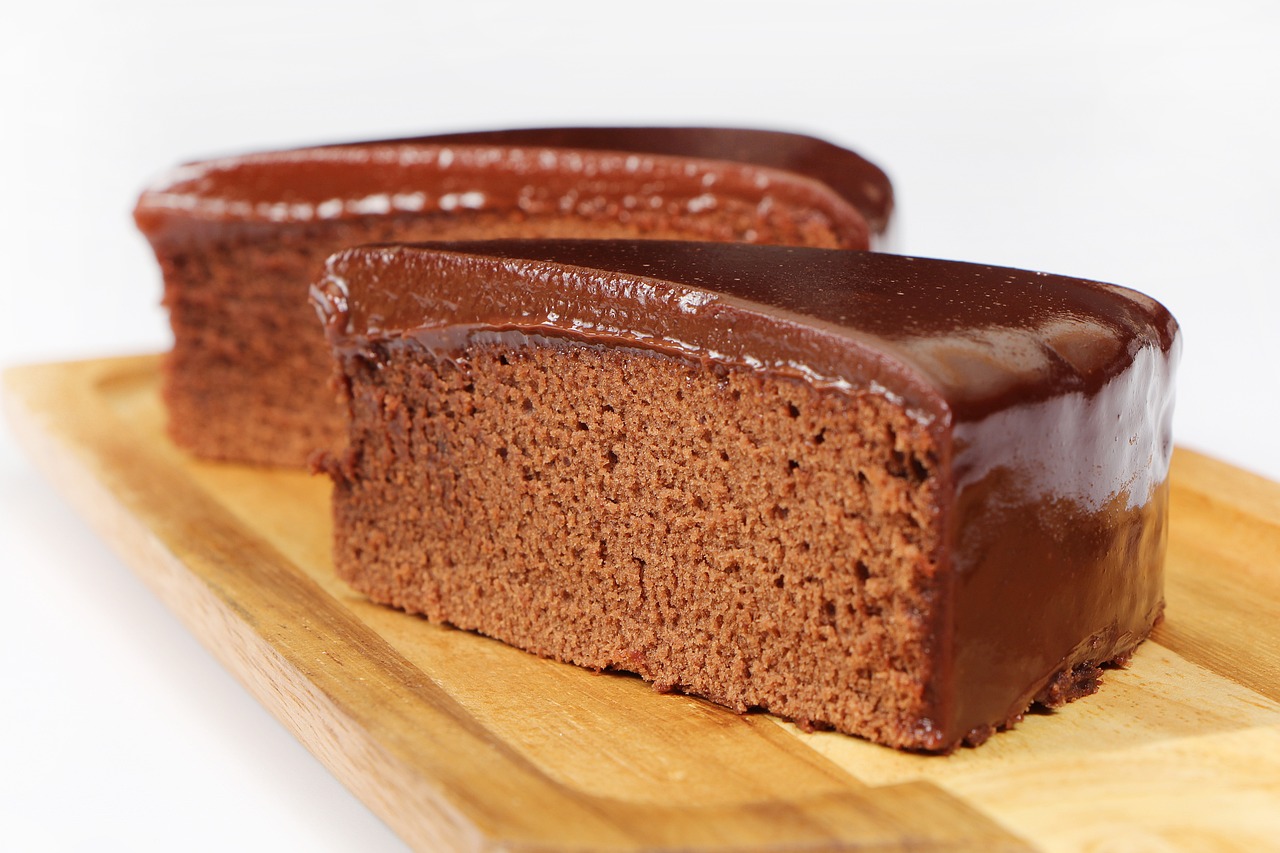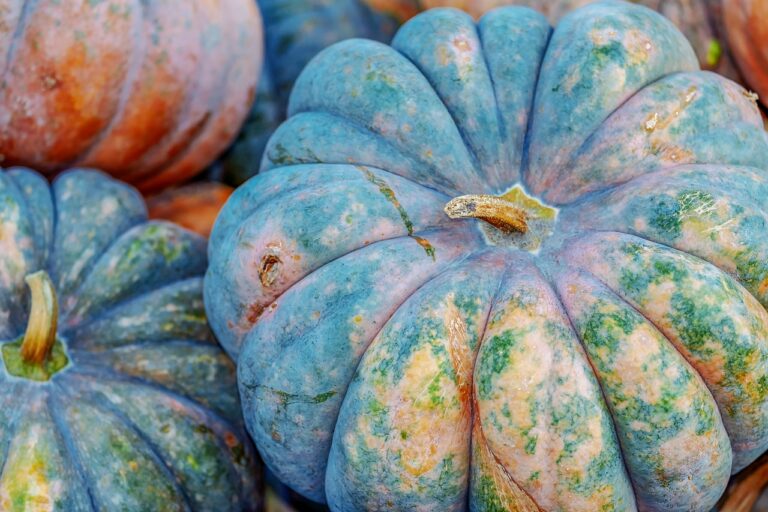Exploring the Rich Culinary Heritage of India
India is known for its rich diversity of spices that have been integral to its culinary heritage for centuries. Each spice carries its own unique flavor profile and benefits, contributing to the complexity and depth of Indian cuisine. From the pungent aroma of cumin to the warmth of cinnamon, these spices not only enhance the taste of dishes but also offer various health benefits.
Turmeric, a staple in Indian cooking, is revered for its anti-inflammatory properties and vibrant yellow hue. It is widely used in curries and rice dishes, adding both color and a subtle earthy flavor. Similarly, cardamom, with its fragrant and slightly sweet taste, is often used in desserts and beverages, imparting a distinctive aroma and aiding digestion. The intricate blend of these traditional Indian spices creates a symphony of flavors that make Indian cuisine truly unique.
Regional Varieties of Indian Cuisine
From the fragrant biryanis of the North to the spicy curries of the South, Indian cuisine is as diverse as the country itself. Each region boasts its own unique culinary traditions and flavors that are a reflection of its history, culture, and local ingredients. In the coastal regions of India, seafood takes center stage with dishes like Goan fish curry and Kerala’s popular fish moilee, highlighting the abundance of fresh catch available.
Moving inland, the heart of India offers an array of vegetarian dishes such as the beloved dal makhani from Punjab and the spicy masala dosa from Karnataka. The use of aromatic spices like cumin, coriander, and turmeric adds a burst of flavor to these dishes, making them a favorite among locals and foreigners alike. Whether you prefer the heat of a fiery vindaloo or the coolness of a refreshing lassi, the regional varieties of Indian cuisine have something to offer every palate.







